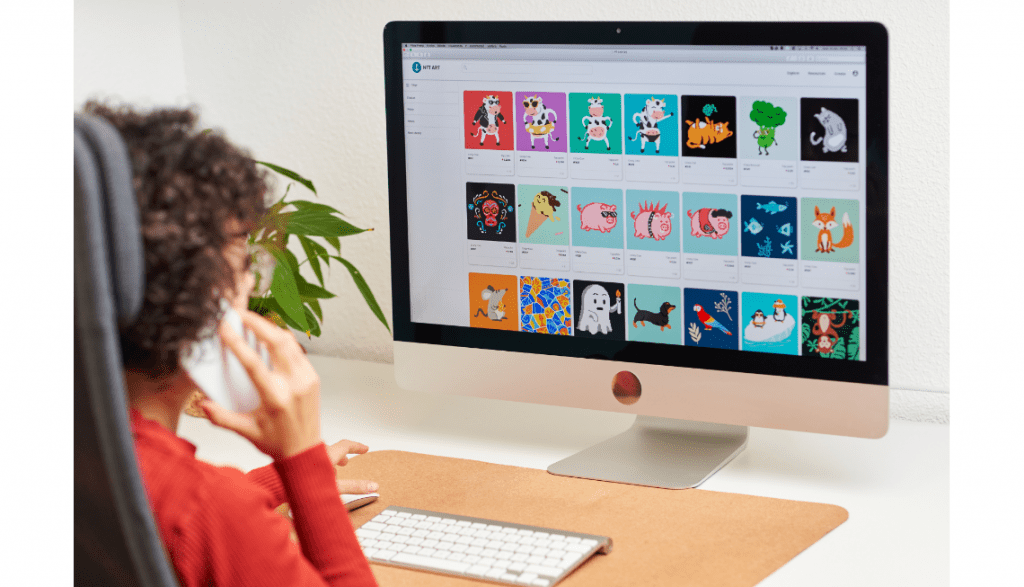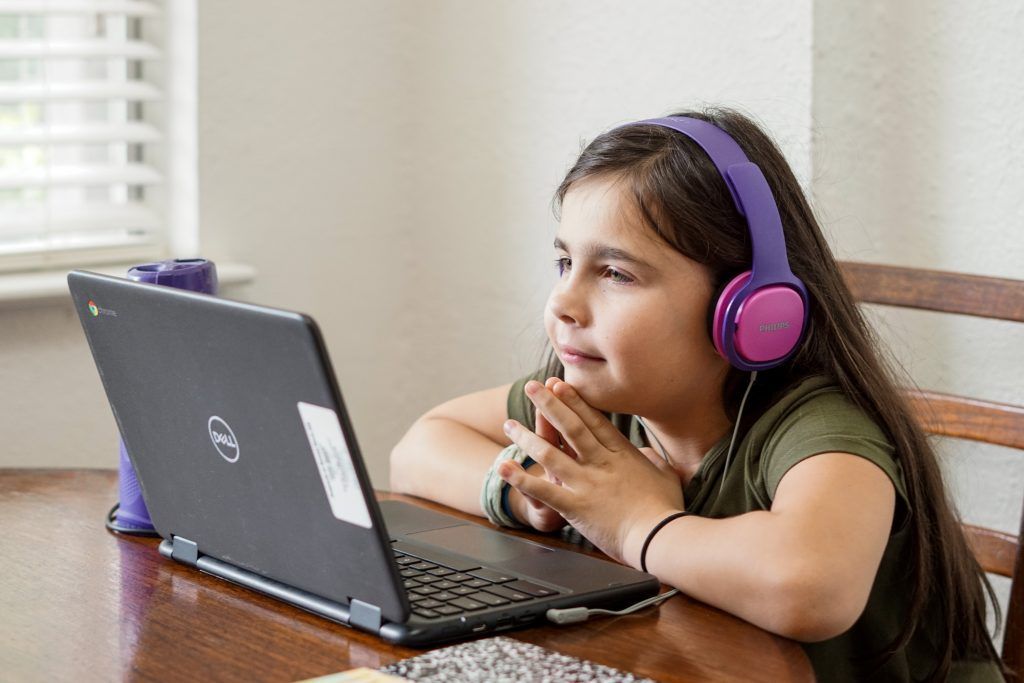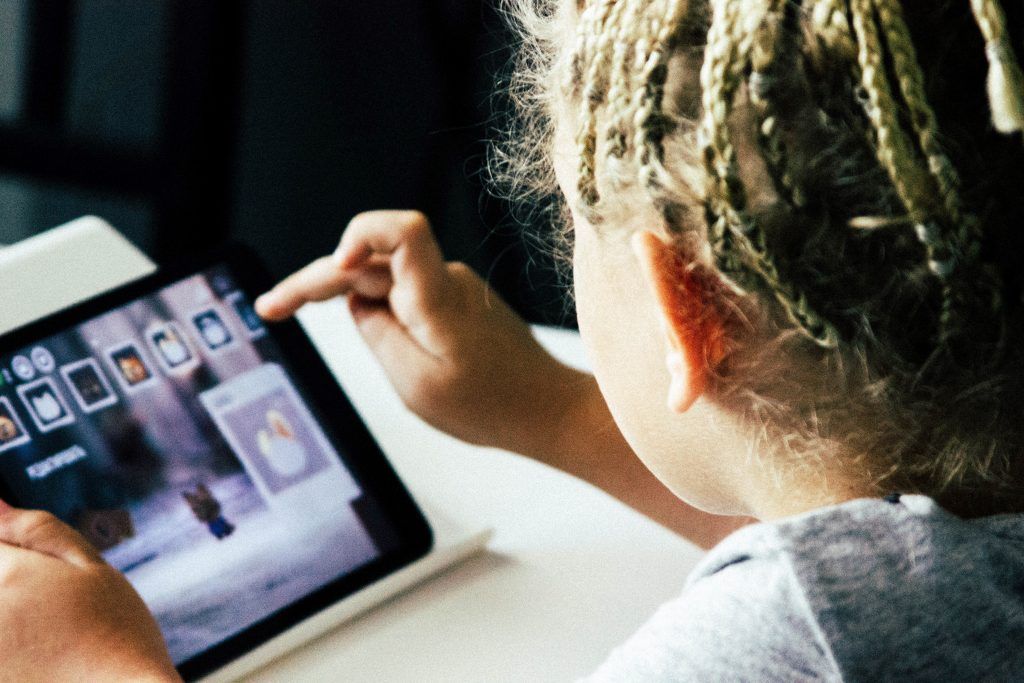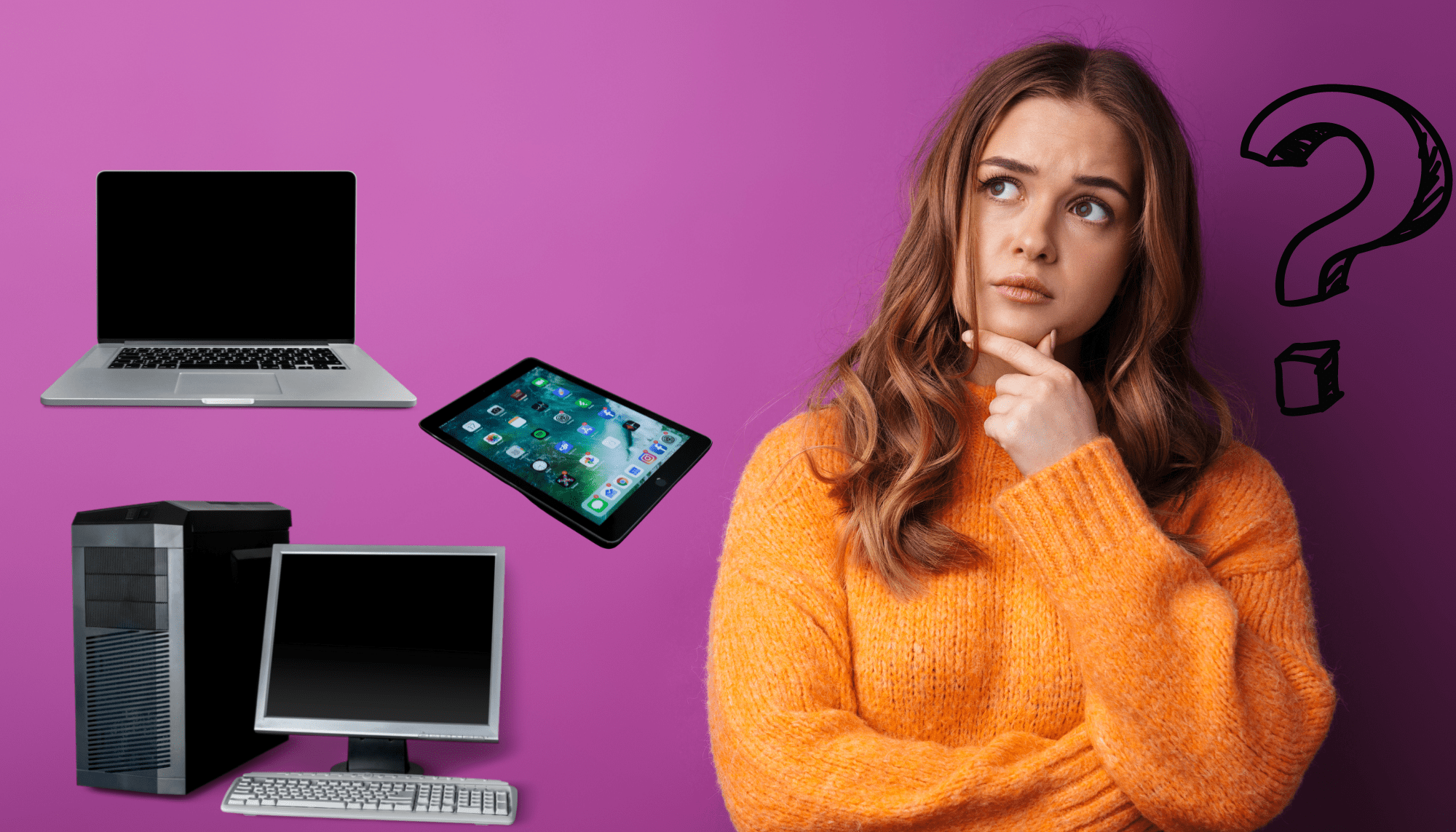As an organization that educates children about technology, we are frequently asked by parents for recommendations regarding the type of computing equipment they should purchase for their children as well as any specs we feel are necessary. They have two primary motivations for wanting to get these devices:
- To provide their children a chance to become computer literate
- To help their children to learn useful technological skills such as how to code, make websites, and programmed robotics, amongst other things, and then employ those talents in their everyday lives.
Today’s kids grow up fast with new technology and devices hitting the market almost every day. From laptops to tablets, there are a variety of devices that can keep your kid entertained while also providing them with educational benefits. However, finding the right device for your kid can be challenging given the wide range of choices.
[lwptoc]
A List of Questions to Ask Before Buying a New Device
Choosing a new piece of technology is difficult in general, but it is especially challenging given the abundance of alternatives accessible now. We at SkoolofCode, want our parents to feel secure in their purchases, so we’ve compiled this list of questions to help you decide which gadget is suitable for you and your family:
For what purpose do you intend to use this tool?
Desktops and Laptops are the best bet if the answer is “everything,” as they have more processing power and more storage space. But if you’re only looking for a screen to keep the kids entertained with videos and child-friendly apps during the day and then let you stream the latest Netflix hit after they’ve gone to bed, a tablet may be the best option.
Do I value portability?
The inability to move about is often cited as a disadvantage of desktop computers. However, this can be seen as a benefit by a select few. You can’t move your workaround if you can’t move your computer. Putting away your work for the day behind closed doors allows you to spend quality time with your loved ones.
However, parents who are always on the go may appreciate the convenience of a lightweight laptop or tablet. Choose a laptop or tablet if you and your family travel a lot and need to get some work done in the car while waiting to pick up the kids from school.
What to look for when buying a device for your kid
- Age: One of the most important things to look for is the age recommendation for the device. You don’t want to purchase a device that is too difficult for your kid to use. On the other hand, you also don’t want to buy something too basic that doesn’t challenge your child’s abilities at all. Every child is different, but most experts recommend choosing a device that is age appropriate for 6 to 8-year-olds.
- Learning Abilities: Consider your child’s learning abilities when choosing a device. If your child struggles with reading, you may want to choose a device with a touchscreen display (like a tablet) as most have built-in features that make them more accessible to kids with reading difficulties.
- Price: Price is always a factor to consider. Fortunately, there are options in almost every category that are affordable. If you don’t want to spend a fortune, you can get a good device for less than $100. There are also a number of free or low-cost apps for tablets and smartphones. You can even keep an eye on the sales and deals that are breaking during special days.
It is essential that you select the appropriate device for your child to use, but if you are unable to choose between tablets, a laptop, or a desktop computer, then we have some advice for you. We have created a list of the benefits and drawbacks of desktop computers, laptops, and tablets that have been developed specifically with the needs of parents of young children in mind, so that you may get a head start on your search. Let’s take a look at each of these options to determine which one could serve you and your child the best.
Desktop Computers for Kids

Pros:
- It is because desktops have the most power that you can operate multiple applications at once, such as gaming, programming, video editing, or other creative work.
- Desktops are much more economical to maintain than laptops. It is much less costly and much simpler to repair desktops than laptops because they consist of several components.
- You can upgrade and customize your desktop computer more inexpensively than a laptop – you can simply buy a new CPU, monitor, or keyboard, or add an extra hard drive as needed.
- A desktop computer’s wired connection to your home network will not get disrupted by poor Wi-Fi.
- A desktop placed in a central place in the house gives parents a chance to monitor their children.
Cons:
- There is one major downside to desktops: they are not portable. You may have to buy a laptop in addition to a desktop if you are taking an online/offline/hybrid online coding course since the learning situation is unpredictable.
- All the separate parts – screen, speakers, mouse, keyboard, webcam, CPU, and so on – must be purchased when you set up a desktop.
Laptops for Kids

Laptops are a popular choice for kids of all ages. They are portable and easy to carry from place to place, allowing your child to access their favorite apps, games, and websites from anywhere. Laptops designed for kids come in an array of colors, including pink, blue, green, and purple, making them appealing to kids of all genders. They are also designed to be kid-friendly, featuring rubberized edges and other safety features to prevent injury. Laptops also provide plenty of functionality while still being simple enough for kids to understand. They can be used for everything from basic word processing to playing music and watching movies.
When it comes to children, however, laptops present a significant difficulty in terms of their simplicity of use. When children use a computer for the first time, it can be extremely intimidating for them since they need to learn how to browse, use the mouse, highlight, copy, paste, switch applications, and many other things. It’s quite interesting because the more they use it, the better they get at it, too.
Pros:
- A laptop’s greatest benefit is its portability, making it ideal for use anywhere from the living room table to the bedroom to the library to the school.
- Quality may be maintained while being compact. High-end laptops can run huge programs like games without slowing down, and their processing power is comparable to that of desktop computers.
- Your youngster can get by with an inexpensive laptop with a lesser CPU if he or she just needs to use basic programs like email, internet, and word processing.
- Whether your child prefers a larger screen and more powerful performance, or if he or she will be toting it around in a backpack all day and needs a smaller, lighter notebook, there is a laptop out there that will meet their needs.
Cons:
- A laptop with the same CPU and RAM as a desktop will be substantially more expensive than a desktop.
- As a general rule, the convenience of a lightweight device comes at the expense of its utility. Even the priciest ultrathin laptops rarely have more than one USB, HDMI, Ethernet connector, or disk drive.
- It’s a known fact that laptops don’t have particularly long battery lives. If students don’t have access to a consistent power supply, this can be a major issue in the classroom.
Working on a laptop for eight hours a day is hazardous for the user’s eyes, neck, and back. If your child has the space at home and needs a laptop for school, set up a monitor and ergonomic keyboard and connect the laptop via HDMI and USB.
Tablets for Kids

Tablets are one of the most popular devices on the market and have grown in popularity among kids over the last few years. They are easy to hold, lightweight, and come with tons of built-in entertainment options. Most tablets designed for kids also include protective cases designed to prevent injury to the screen and sides. You’ll find a number of different brands, colors, and designs when shopping for tablets designed for kids. While there are plenty of inexpensive options, you can also find pricier tablets designed for kids that offer better sound quality and more durable designs.
Tablets are an excellent option for younger children and can be put to use right from the start of a child’s coding education. For instance, our coding for kids courses using Scratch can be finished on a tablet if you choose to do so. Tablets, on the other hand, lose some of their adaptability and flexibility as youngsters become older.
Pros:
- Tablets are the most easily transportable electronics. Tablets with a pencil holder are convenient for use in class and other situations where students don’t have access to a desk.
- Tablets’ batteries outlast laptop batteries because of the devices’ inferior processing units, smaller displays, and reduced number of other components.
- Keyboard docks can be attached to certain tablets, allowing kids to complete more involved tasks.
- Tablets, especially entry-level versions, are far more affordable than laptops.
Cons:
- Tablets are not ideal for all tasks due to their small screen size, touchscreen interface, weak processing power, and absence of a mouse and keyboard.
- Most tablets don’t have any ports at all, and some have less.
- They are more likely to break because of the huge glass screens.
What about Google’s Chromebook?
Chromebooks are different kinds of computers that use Google Chrome as their operating system. They are typically more affordable, and schools in the US have reported having a great deal of success using them. Because many of these educational tools simply require a web browser, Chrome books will be able to run the vast majority of educational programs such as Scratch. However, the Chromebook may not support offline tools as it normally requires a live Internet connection in order to function.
Conclusion
Kids are growing up in a digital world and computers are a vital part of daily life, no matter what your profession may be. If you’re looking to purchase a computer for your child, make sure that you consider the age and abilities of your child. You can also help them to learn valuable skills by letting them use any computer in your household. Whether you prefer a desktop computer, laptop, or tablet, you’re sure to find a device that is both kid-friendly and provides the features your child needs to stay engaged and entertained.
In addition to the best Desktop, laptop, or tablet recommendations, we have information on a variety of alternatives, such as how to refresh an old computer or how to buy a used one.
Make effective use of what you already possess
Refurbishing an older computer that you are no longer making use of is the quickest and most cost-effective way to provide a computer for your child. Even computers that are eight or nine years old can be useful if you’re just trying to get by in this world; nevertheless, the computer you’re trying to repurpose needs to be relatively recent in order to make it easier for you to utilize it again.
Invest in a pre-owned PC
You can also cut costs by purchasing a pre-owned laptop or desktop computer that is capable of performing the majority of the same functions as a brand-new one. When it comes to the activities that kids need a computer for, such as web browsing, schoolwork, online coding classes for kids, Zoom video calls, and basic games like Minecraft, a used PC from a few years ago will not feel that different from a brand-new one in terms of performance. This is because the rate of technological advancement in computers is not as rapid as it was roughly a decade ago. However, you must make certain that you are purchasing a respectable laptop or desktop computer that is still in good condition from a trustworthy vendor.
By – Ms. Manpreet Virk, Head of E-learning and an educator at SkoolofCode with degree in M.Phil. and Master in Computer Science. She is passionate about learning and teaching young minds.



